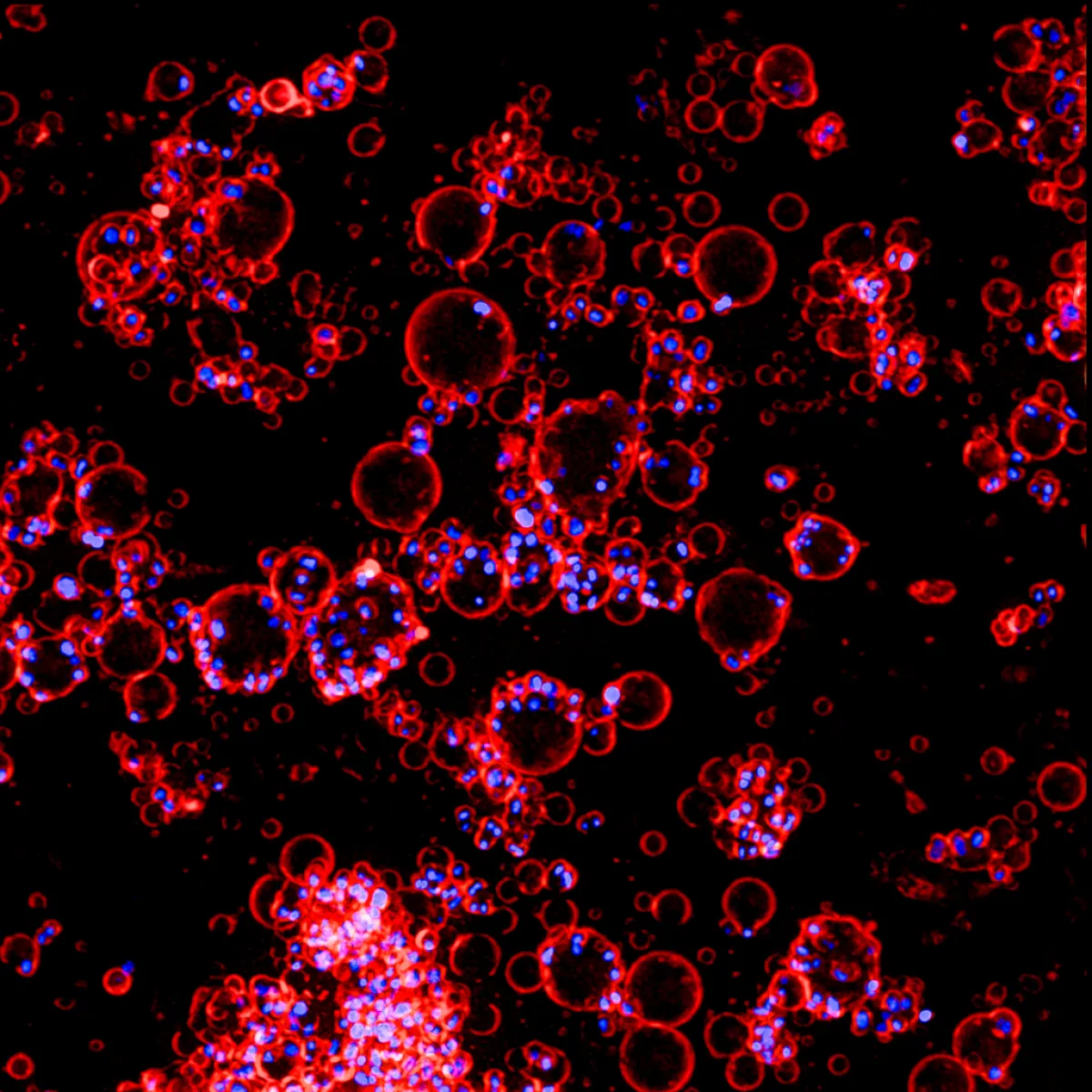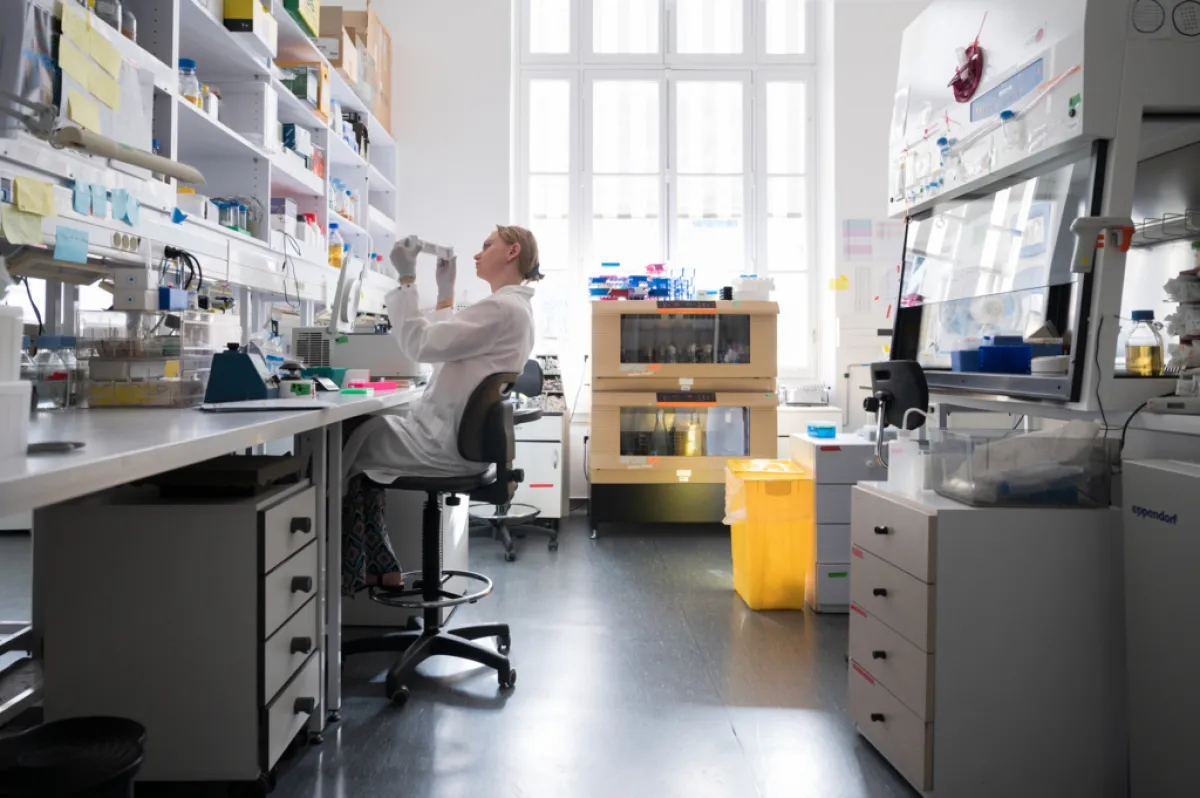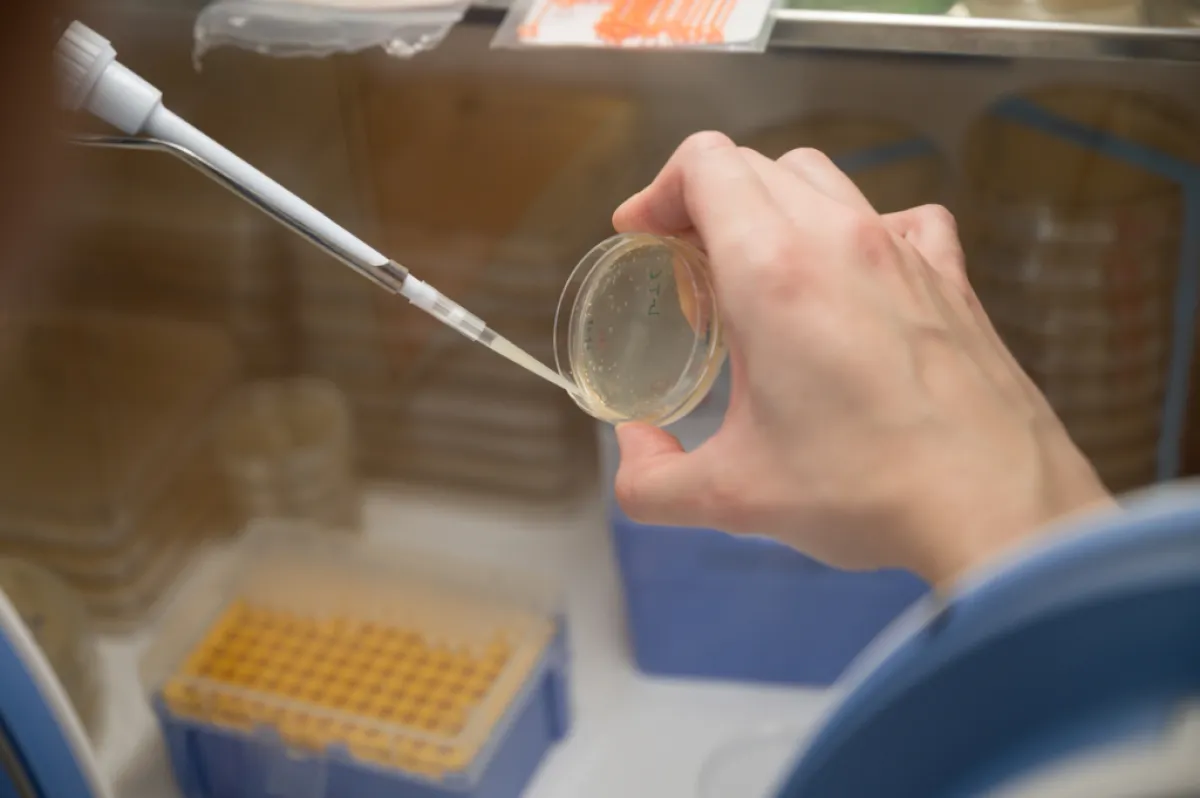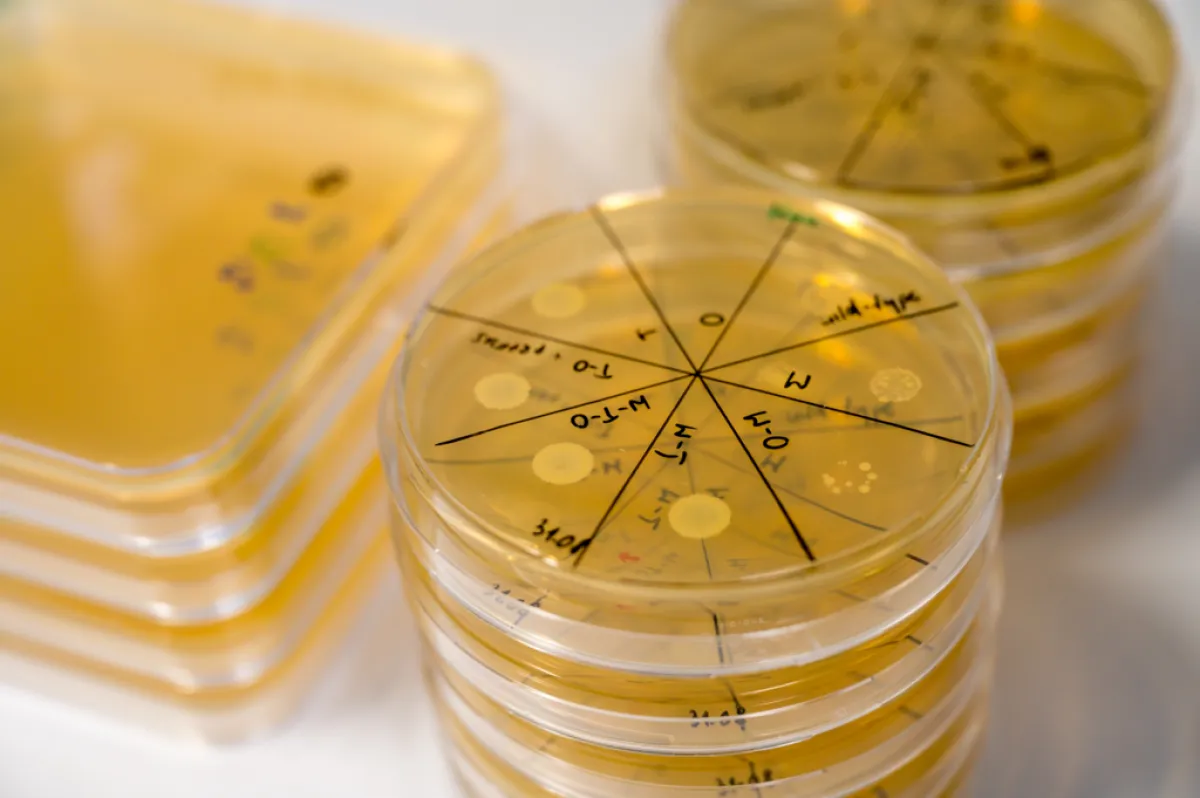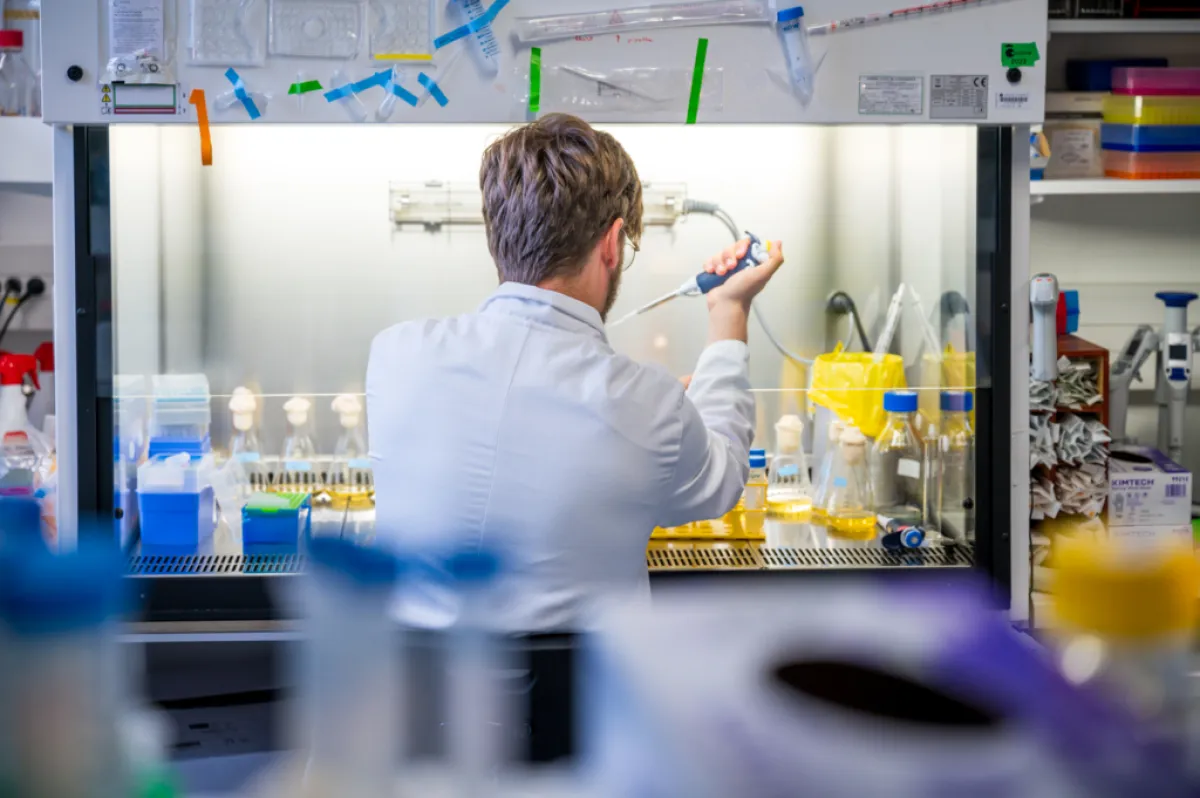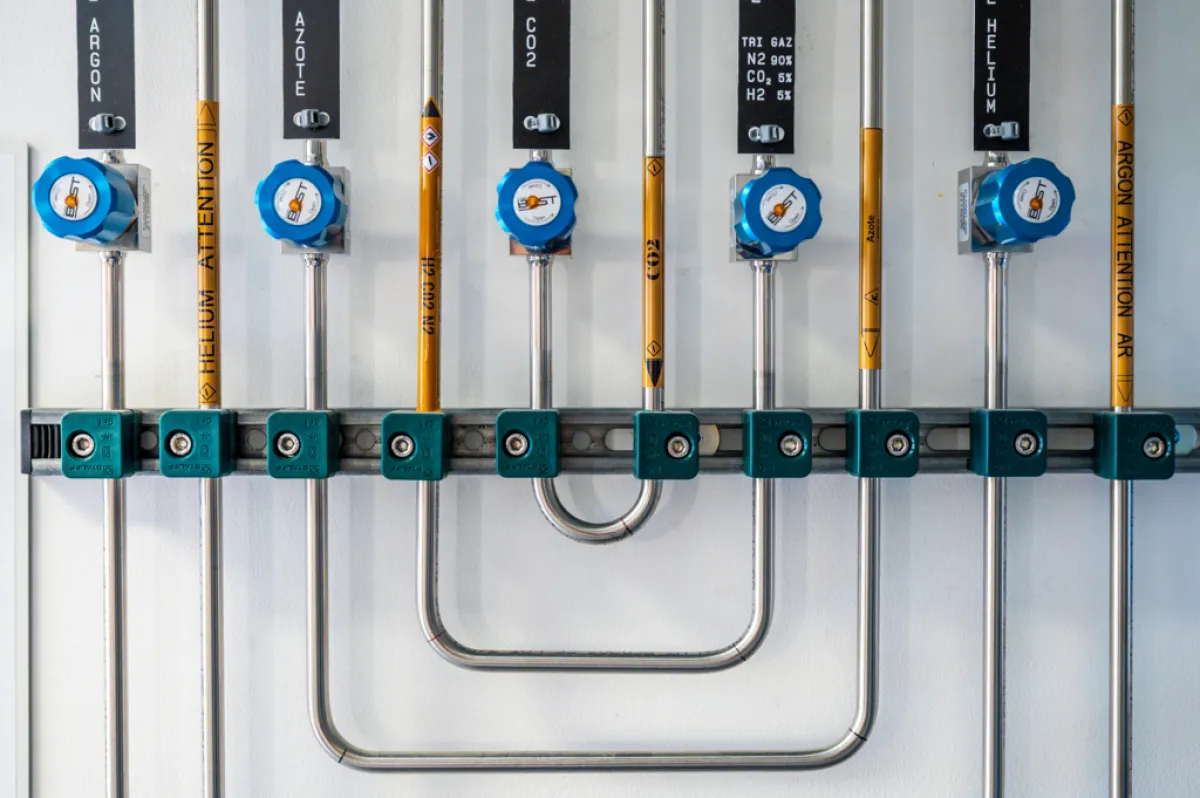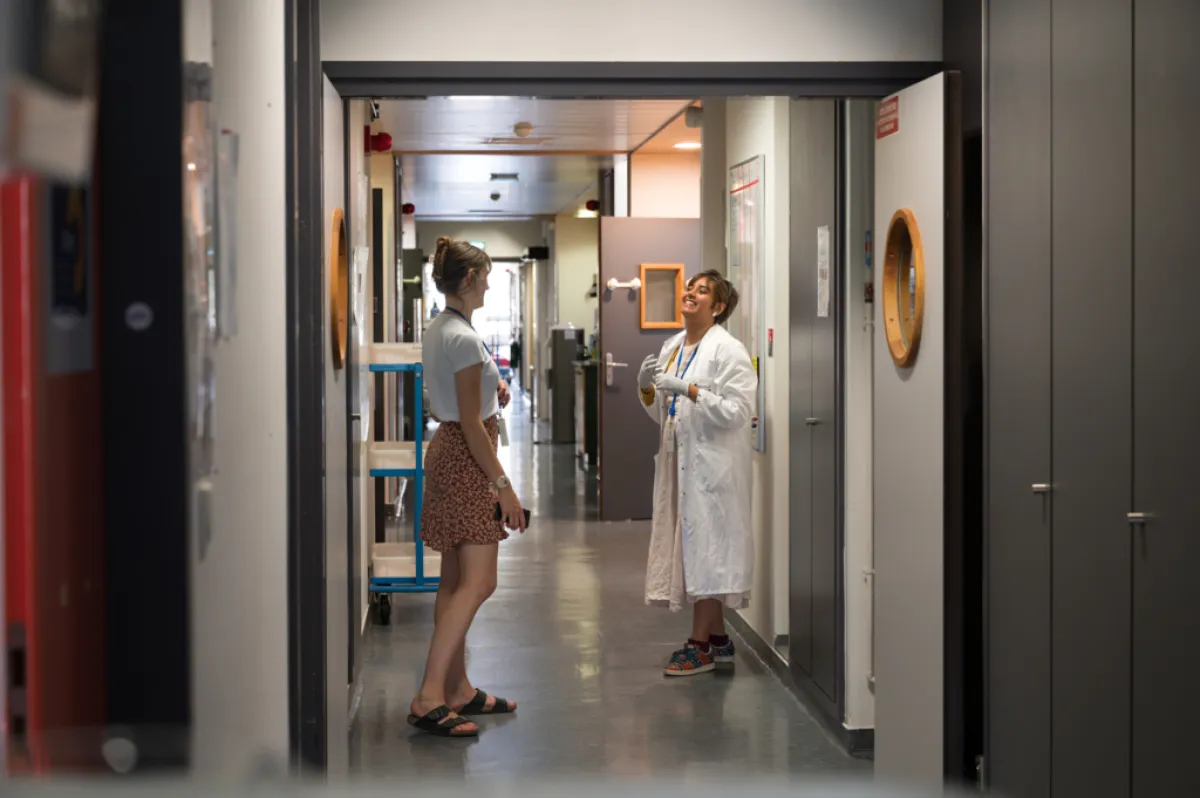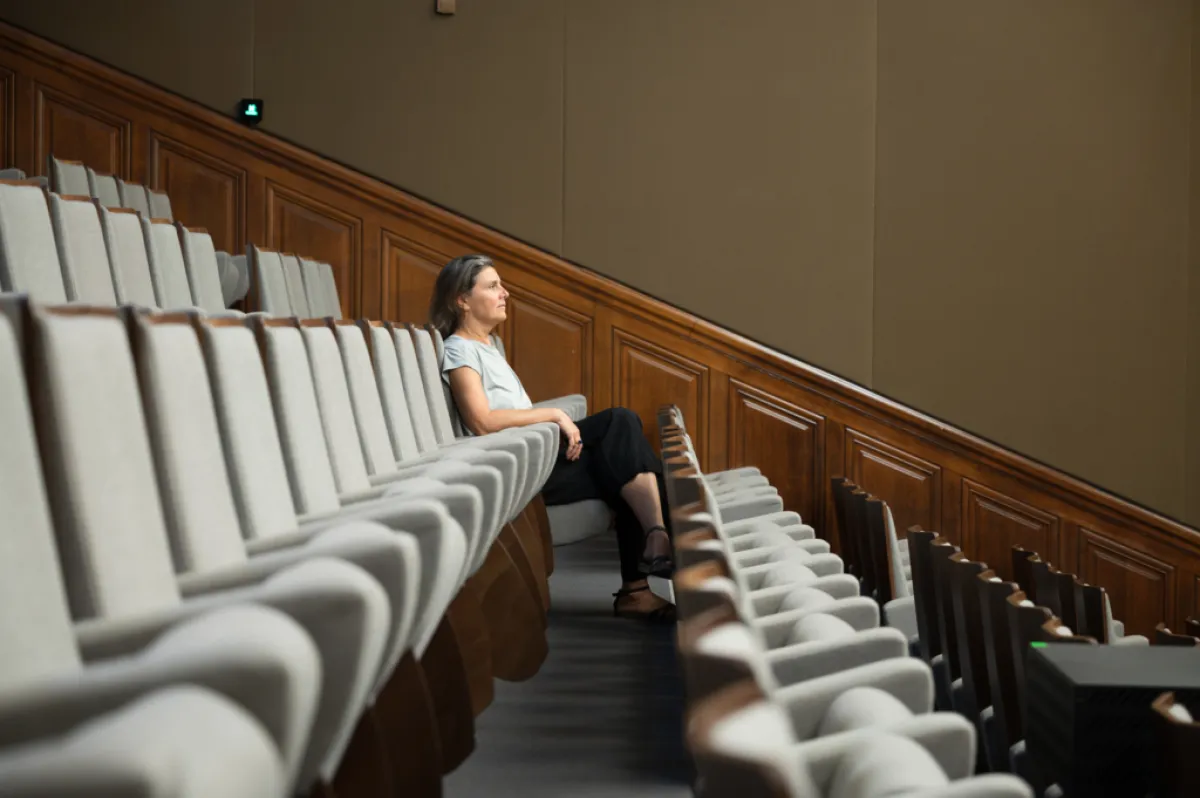Simonetta Gribaldo In search of the lost membrane
Simonetta Gribaldo, Professor at Institut Pasteur, Head of the "Evolutionary Biology of the Microbial Cell" team at the Institut Pasteur, Paris
- 2023 • Impulscience

The cell envelope, often referred to as the membrane, is the main interface between an organism and its environment. It is one of the cell’s oldest and most essential components. Simonetta Gribaldo and her team at the Institut Pasteur are trying to understand how the envelope evolved in bacteria, a key question in evolutionary and cellular biology.
The envelope, an essential element of bacteria
In bacteria, the envelope is involved in many functions, such as maintaining physical integrity, absorption and secretion of substances, cell division and movement and communication between cells. Depending on the type of envelope they have, bacteria fall into two categories: those with one membrane (gram-positive or monoderms) and those with two (gram-negative or diderms).
Many known pathogenic bacteria (such as Escherichia, Pseudomonas and Helicobacter) are diderms. The outer membrane is an additional protective barrier against a hostile environment, including antibiotics. Consequently, a better understanding of the mechanisms involved in building and maintaining the bacterial envelope is a major research challenge with important applications in the fight against infectious diseases.
The ancestor of all bacteria was a diderm
Simonetta Gribaldo and her team at the Institut Pasteur explore the biodiversity of microorganisms using approaches that focus on major evolutionary shifts in the history of life. Their recent work has challenged a well-established paradigm in microbial evolution by showing that the ancestor of all bacteria was a diderm, and that monoderms evolved successively through loss of the outer membrane. Interestingly, all these losses occurred only in one part of the bacterial phylogenetic tree, known as the Terrabacteria, but never in bacteria belonging to the second part of the tree, the Gracilicutes.
Given the importance of envelope stability and integrity for bacteria’s life, transitions from diderm to monoderm must have been critical steps in their evolution. How did they come about? Terrabacteria seem to hold the key to this fundamental riddle in evolutionary biology.
What happened to the second membrane?
The first steps towards answering this question will be to fill in the missing genetic information of the various members of Terrabacteria and obtain images of their envelopes. This will help to determine when and how often the outer membrane was lost and identify the key genes involved in the transition. The effect of the genes identified will be tested experimentally in Veillonella parvula, a diderm Terrabacterium found in the human microbiota. Simonetta Gribaldo's laboratory team has cultured this bacteria so that it could be genetically modified and used as a model for the study.
They will generate mutants with a weakened outer membrane that they will be forced to lose in "accelerated evolution" experiments involving hundreds of generations of bacteria. This will be the first time that a monoderm will have been generated from a diderm in a laboratory.
Funded by Impulscience®, the project will shed light on one of the main evolutionary transitions in bacteria, which impacts not only their biodiversity and evolution, but also their adaptation to stress and the disruption of their envelope. What’s more, it will lead to suggesting ways of fighting pathogens by identifying the Achilles' heel that causes bacteria to lose their outer membrane.
Simonetta Gribaldo in a few words
Simonetta Gribaldo completed her PhD at La Sapienza University in Rome, Italy. After post-doctoral work at several Paris research institutes, she was recruited by the Institut Pasteur in 2005. Since then, her research has focused on various aspects of biodiversity and the evolution of micro-organisms, such as bacteria and archaea. Simonetta Gribaldo is particularly committed to mentoring younger generations of researchers in the fields of bioinformatics and evolutionary biology.

Impulscience
Impulscience allocates 7 new grants each year to researchers in the life sciences. Focused on the mid-career, this program aims to support this crucial stage for the development of research projects.
All the award-winners